More than a few of the casual gun owners have found themselves in an odd situation this week. These recreational shooters might have a little practice ammunition for their guns, but not much in defensive loads. The guns stores — local and on-line — have been emptied of all ammunition in common calibers. However, odd calibers are still available…41 Magnum, 45Colt, others even more obscure. And, this country being America, a lot of people have heirloom guns on hand, anything from World War One and Two bring backs, to great-grand-pappy’s pocket gun, to something of entirely unknown provenance. And some people came to the store or to the neighbors, only to find that the only guns still available for sale are either specialized hunting or target models, or replicas of early modern weapons like Beretta Laramie nee Smith&Wesson Model 3 from the 1870s. In the more oppressive states, the antiques may have been the only ones to have escaped registration. For the price of a box of quality ammunition, a whole new effective weapon can be added to the household. What’s a family to do for defense?
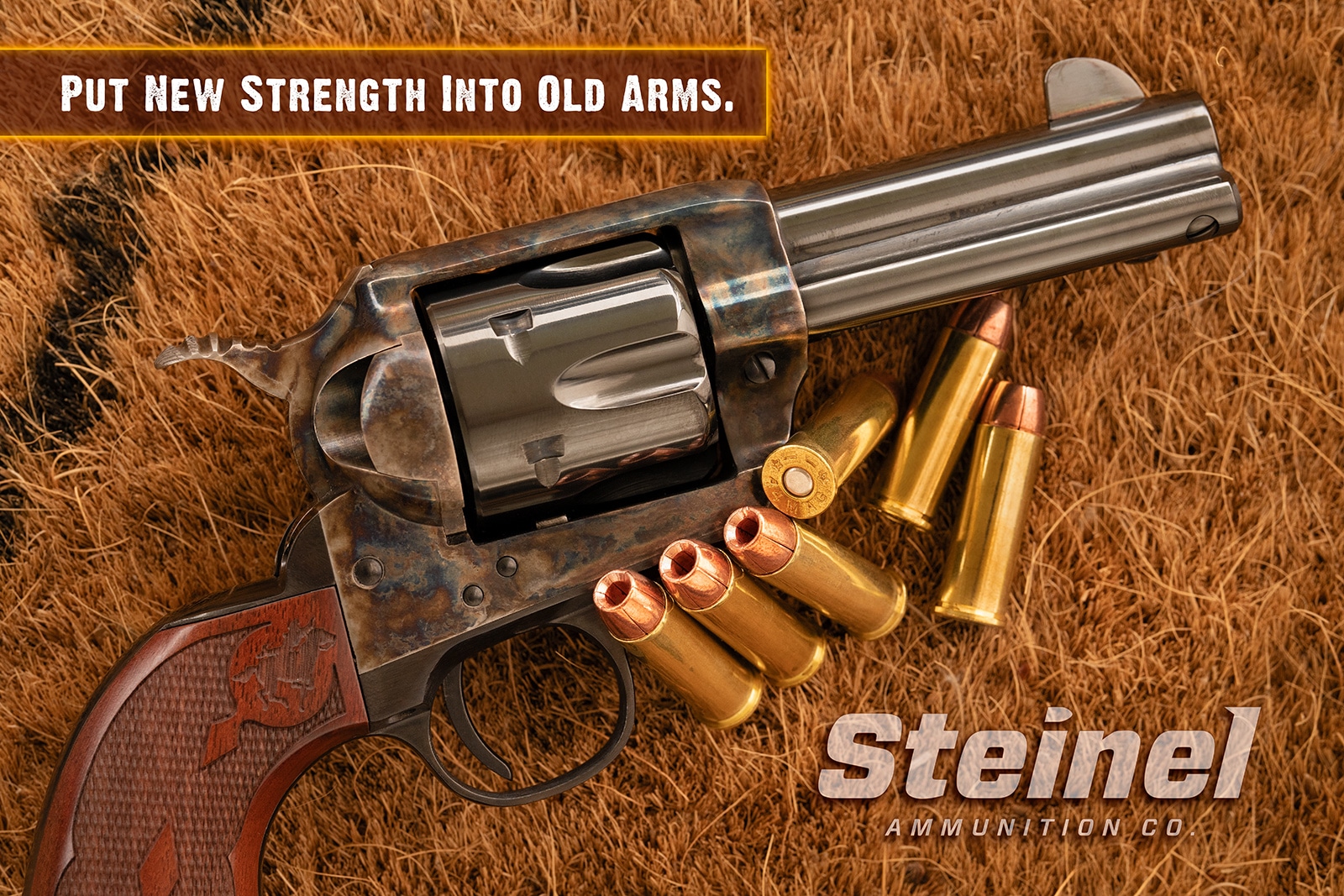
Beretta Laramie is a clone of the 1870s S&W top-break revolver, chambered in 45 Colt.
Early modern firearms can work well enough to keep a family safe. Classic calibers can work well in them too. The trick is knowing what is truly obsolete for good reason, and what it merely not presently popular.
With revolvers, it’s pretty simple: any expanding ammunition would work adequately, as there’s little concern about feeding. Depending on the velocity, lead round nose projectiles may or may not expand…with 600fps to 800fps “cowboy” loads, not likely. However, even without expansion, the heavy lumbering slugs have a historic record of stopping foes airly reliably. Whenever available, expanding jacketed bullets should be used over plain lead: besides improved terminal performance, they do not require lubricated bullets that cause extra smoke on firing.
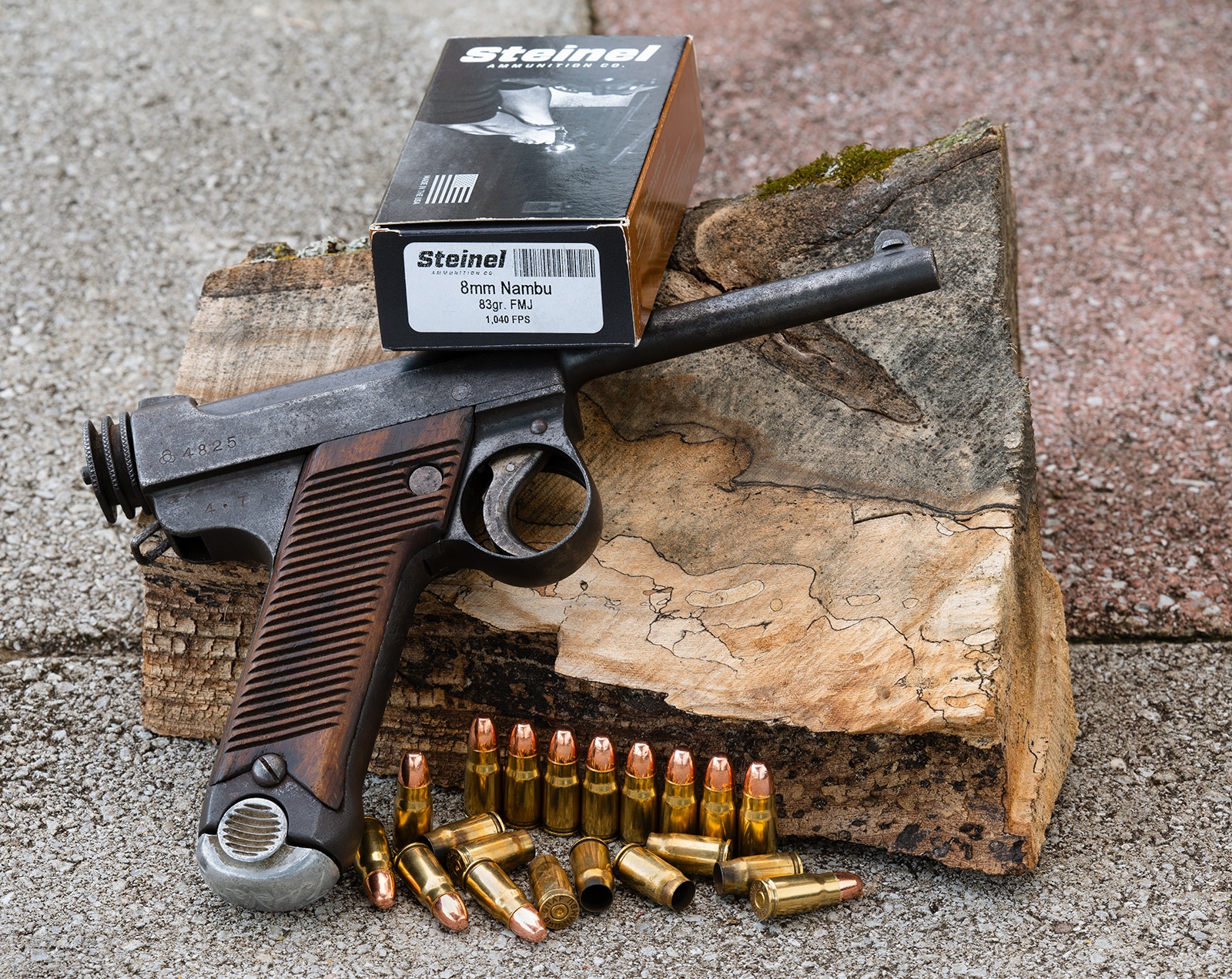
8mm Nambu falls between 380ACP and 9mm Luger in energy.
With vintage auto pistols, feeding is of the greatest concern. Some guns, like Luger P08 and Walther P38, are very accepting of various loads, but most are not. Feed geometry and cycle timing both come into play, pretty much mandating the use of fodder that matches the original specs exactly. With the relatively low energy calibers, like 32ACP, 7.65 French Long, 8mm Nambu and the like, ball ammunition is also required because there’s not enough energy available for both expansion and penetration. With hotter calibers like 7.62×25, modern expanding bullets really improve performance and reduce the risk of over-penetration. In either case, modern production ammunition is the way to bet, as the storage conditions and the degree of deterioration of surplus often cannot be predicted. A big plus of the milder calibers is int he ease with which familiarization firing can be conducted to get up to speed with the weapon. While a French M1935 pistol or an early production 8mm Nambu is not ideal, they can be competently run even by weaker members of the household thanks to the light springs and generally easy controls. Finding appropriate holsters can be an issue, but belt packs for compact cameras often prove a good fit in a pinch. Remember that much of the evolution in handguns has been towards cheaper manufacturing and reduction in weight and required field maintenance, rather than towards actual effectiveness. A Colt Hammerless from 1920s works as well as any modern 380, but the latter are less expensive now than the antique pistol was when new.
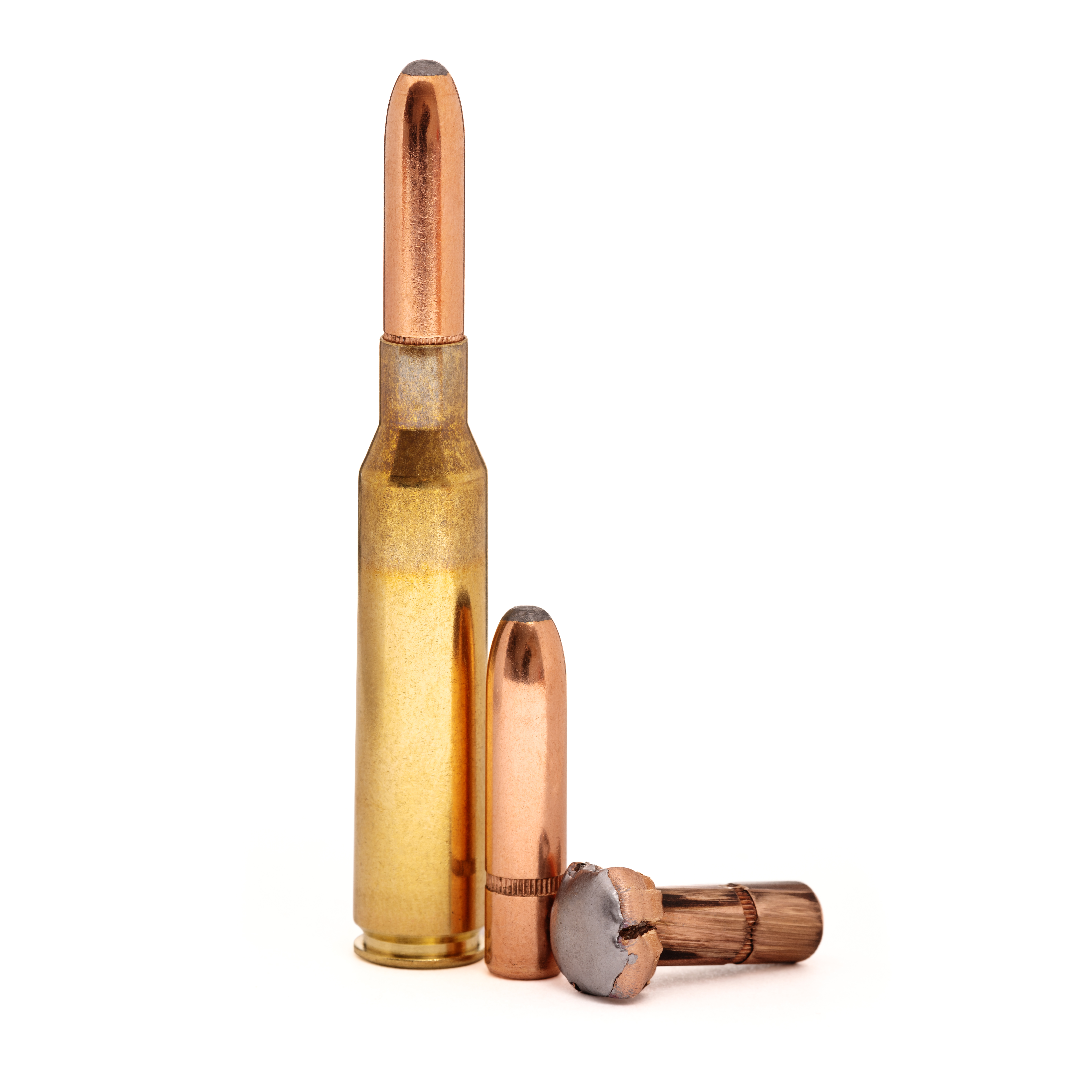
Expanding bullets stop better than old military ball.
The same is true of vintage rifle calibers. Neither 6.5mm not 7.35mm Carcano, not 6.5mm nor 7.7mm Arisaka were meant for hunting. In military use, penetration of cover was emphasized over terminal effect, though later loads used lightweight nose filler to promote tumbling. Soft point hunting ammunition will still feed while delivering vastly improved terminal effect. While bolt actions can’t match an AK in the rate of fire, 7.35mm Carcano matches it exactly in ballistics, and 7.7mm Arisaka is right up there with the M14. Especially if the weapon in question was an heirloom rather than a hunting or a recreational firearm, show it to a gunsmith to verify safety, and allocate at least a couple of boxes to verify zero, as well as to get used to the operation.
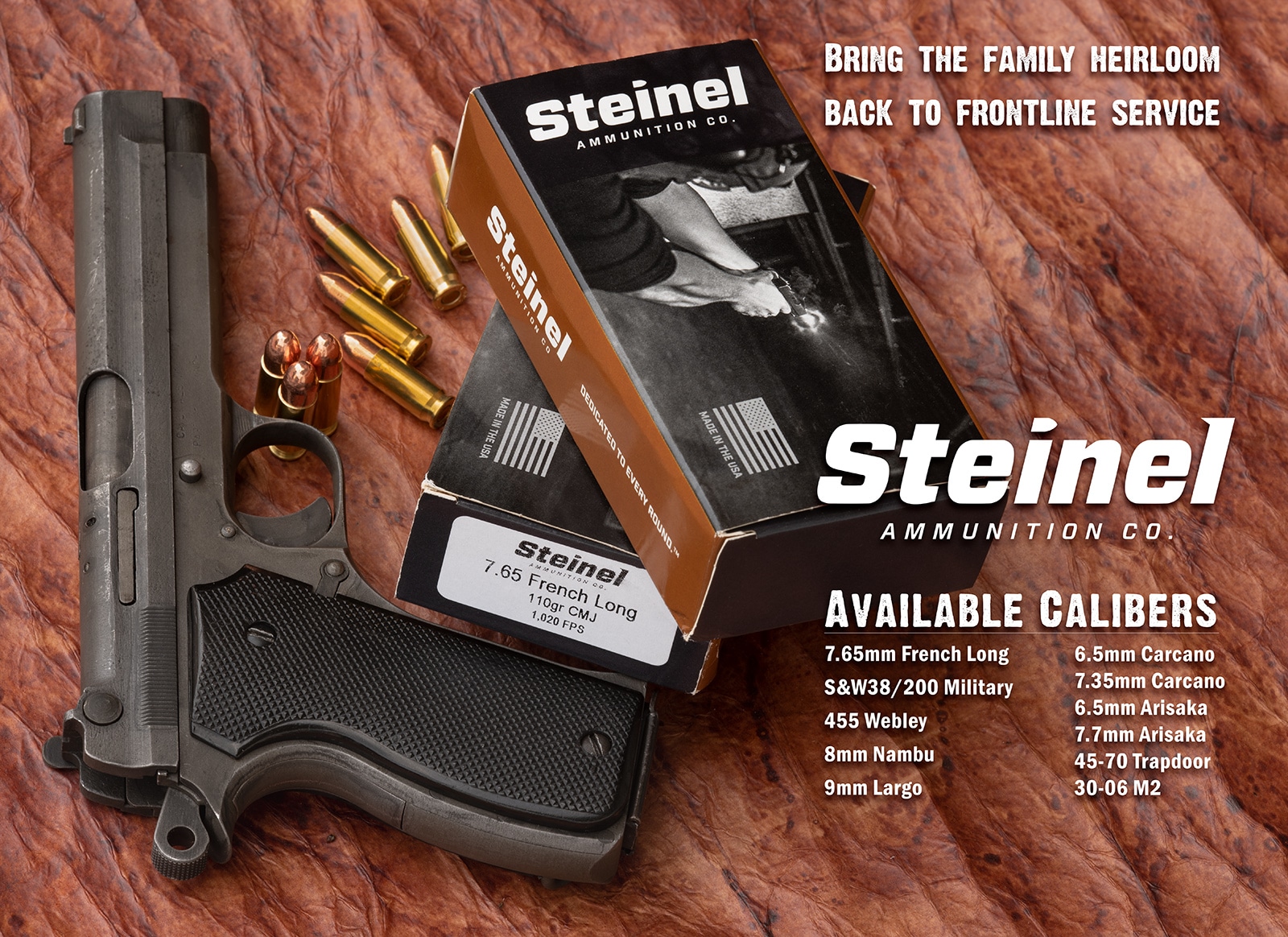
French 1935S pistols in 30 French Long were wall-hangers for lack of ammunition…until Steinel came along.
In short, any caliber dating back to 1870 or newer can work. In the more oppressive states, the antiques may have been the only ones to have escaped registration. For the price of a box of quality ammunition, a whole new effective weapon can be added to the household. Obviously, extra weak options like S&W .32 Short aren’t the best for fighting off intruders, and neither are buffalo rifle calibers like 45-120. The energy range for weapons in common use has stayed remarkably stable from about 1880 forward, and most of the increase has been to provide for the projectile expansion. Calibers pre-dating smokeless powder get around this by using larger bores. That works, the main downside is the weight of the handguns. If your hands are large and strong enough to heft an 1880s .45 revolver, it would do almost as well as a more modern choice until it is time to reload quickly. Old guns are not always as good as today’s choices, but they are usually good enough to discourage looters or to put muggers six feet under. And having more than one family member armed, even with an obsolescent weapon, does much to improve 360-degree, 24-hour security of a household. Unlike the two-month siege of Western Legations in 1900 Peking, civil disturbances in the US seldom last more than a couple of days. Our domestic thugs do not deem themselves bullet-proof, so even mildly active resistance with gunfire usually drives them off the block. So get that heirloom loaded and locked, and stay safe!

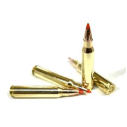
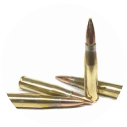
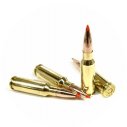
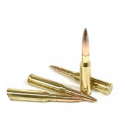
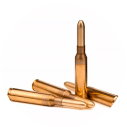
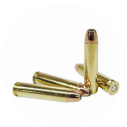
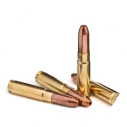
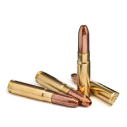
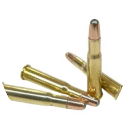
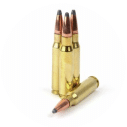

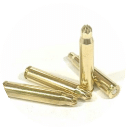
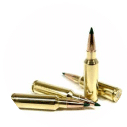
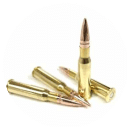
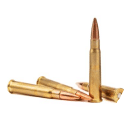
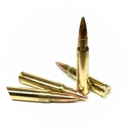

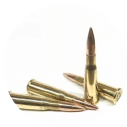
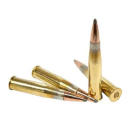
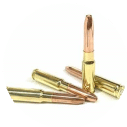
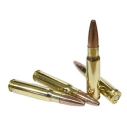
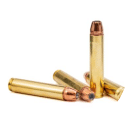
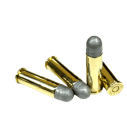
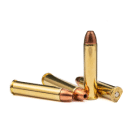
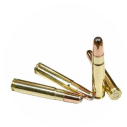
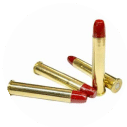
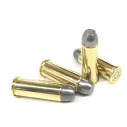
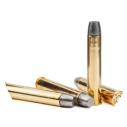
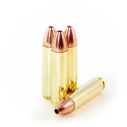
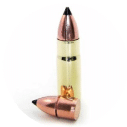
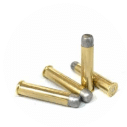
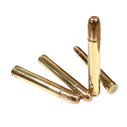
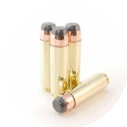
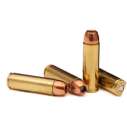
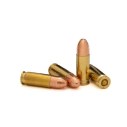
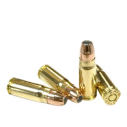
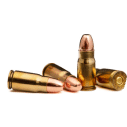
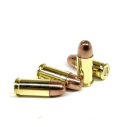
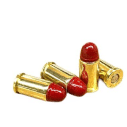
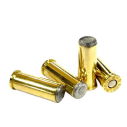
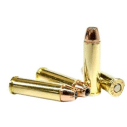
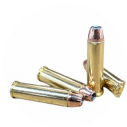
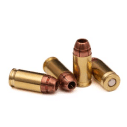

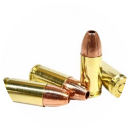
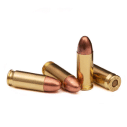
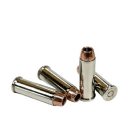
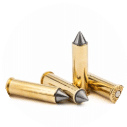
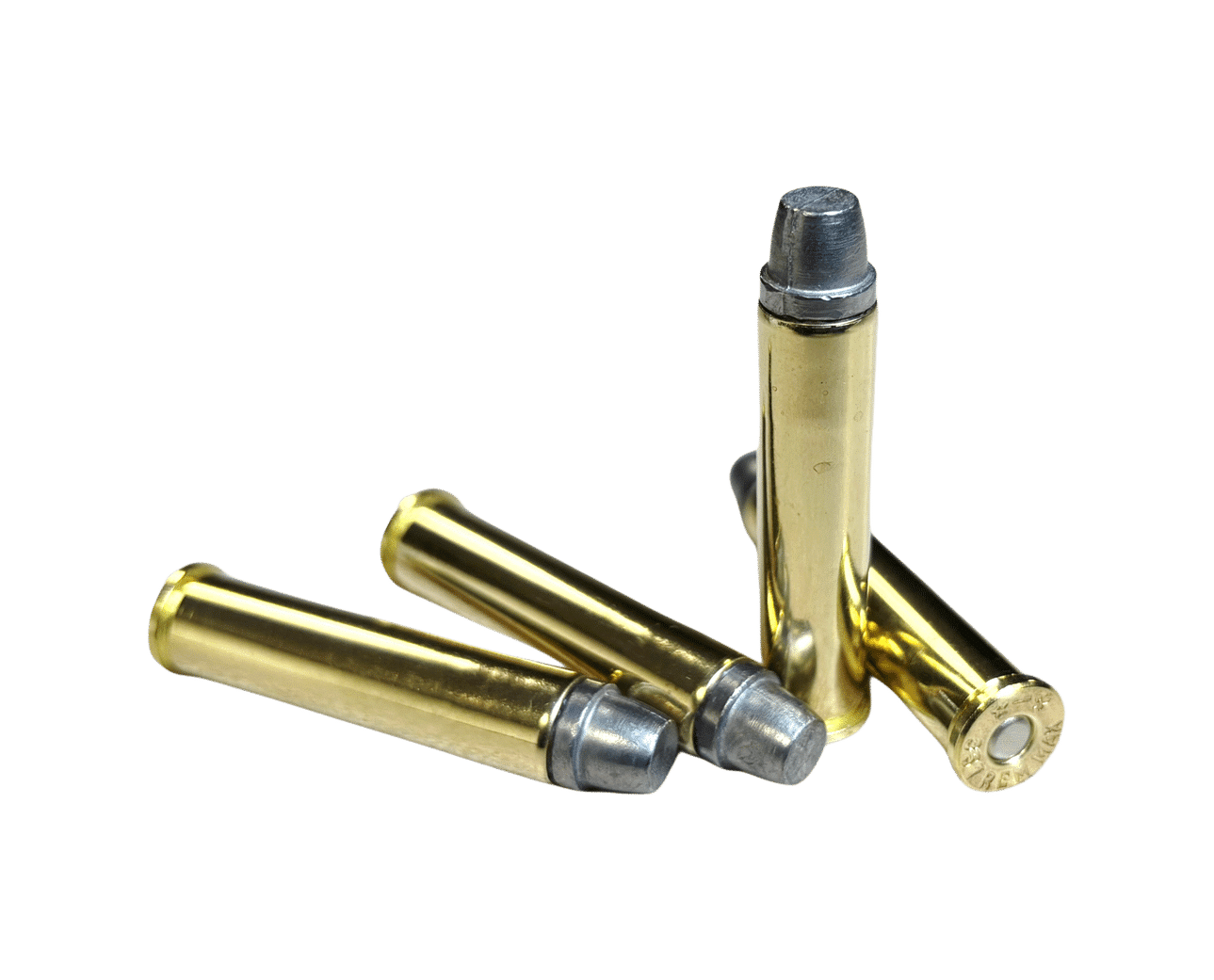
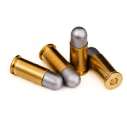
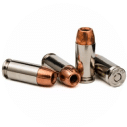
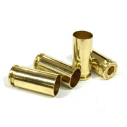
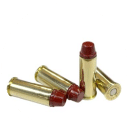
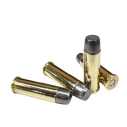
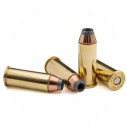
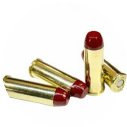
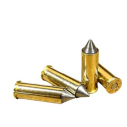
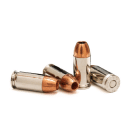
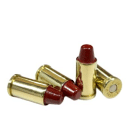
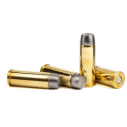
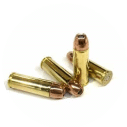
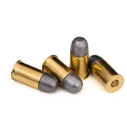
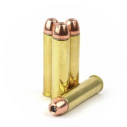
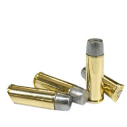
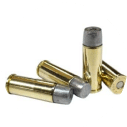
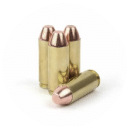

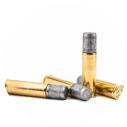

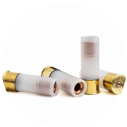
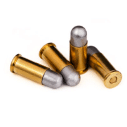
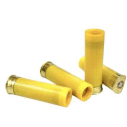





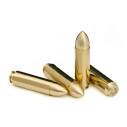
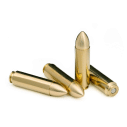
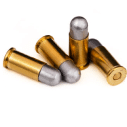
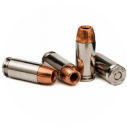
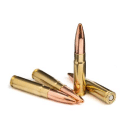
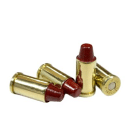
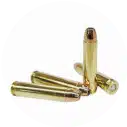
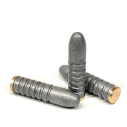
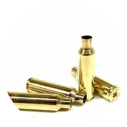







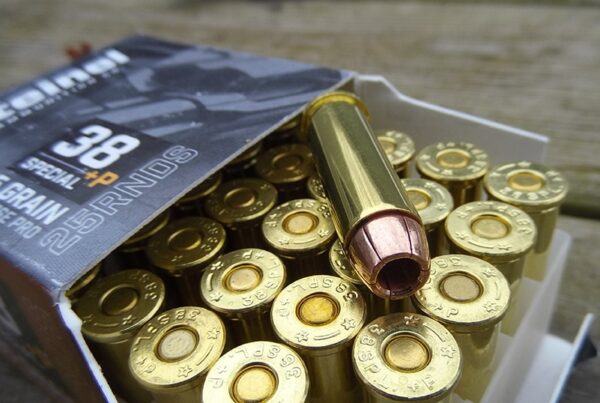

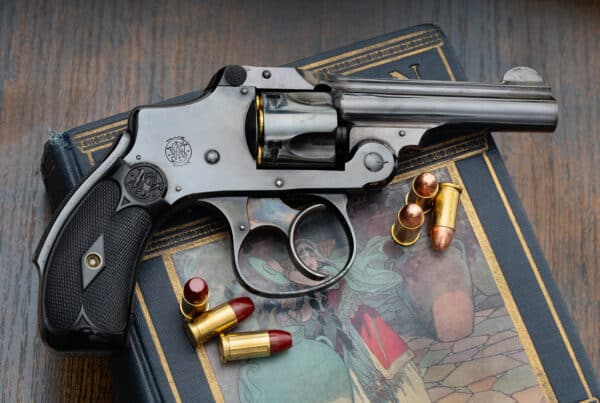

Looks like a sporterized .41 Swiss (10.4 x 38Rmm) Vetterli in the article’s lead picture. I have an 1871 example of that rifle. Wish I could find ammo for it
I am thrilled to have found my new supplier of big-bore handgun ammo. I am pleased with the performance and price of your 45 colt,460, and 500 S&W. I will need to reinforce my storage shelving to hold the weight if you decide to produce my two favorite rifle rounds, 22-250 & 300 Win Mag.
Glad to find someone manufacturing 9MM Largo at a reasonable price. My old Spanish Civil War era Astra 400 shoots just great and the wife can handle it well. Now, if I can find a Destroyer Carbine that doesn’t cost both arms and a leg….
I’d like to see 7.62×25 also. I’ve got a lot of surplus ammo but can’t find any soft tip.
Would love to see some American-made, and modern, 8x50R Austrian Mannlicher fodder: Surely there has to be thousands of those fine rifles in existence here (USA) to accommodate a demand?
Thank you for continuing to make the 7.7 Arisaka Ammo
We use it for hunting and it’s a knockdown, one shot rifle!
Also have an 1888 Springfield Trapdoor using your 45-70 govt-
Very Accurate 100 yards!
Those of us who enjoy older rifles and historic arms, pray you continue in business and continue manufacturing these hard to get calibers!
Thanks for continuing to make 6.5 Arisaka ammunition. I like the cartridge, and your ammo allows me to shoot my Type 38 carbine.
Yay! Someone else doing .455 Webley!
Steinel I think the next round you should come out with is none other than the 7.62×25 Tokarev it’s rather hard to find this ammo and I love to shoot this caliber I hope you might take this in too consideration , thank you and have a good day !
Like to see a 7.62X25 load with heavier expanding bullet. I’ve sufficient 85-90gr jhp. Like to see 100-110gr jhp.
Handloaders like myself would like to see some of the odd chamberings be offered with component availability, bullets suitable for 8mm Lebel, lead for the Kropatschek, Vetterli Vitali, and Siamese Mauser type pieces.
You beat me (by many months) to this. I too would love to see the affectionately-termed “poor man’s” five seven as a Steinel product. Still a great home defense round and given the recent influx of combloc tt33s, I would think that the demand exists. Fingers crossed!